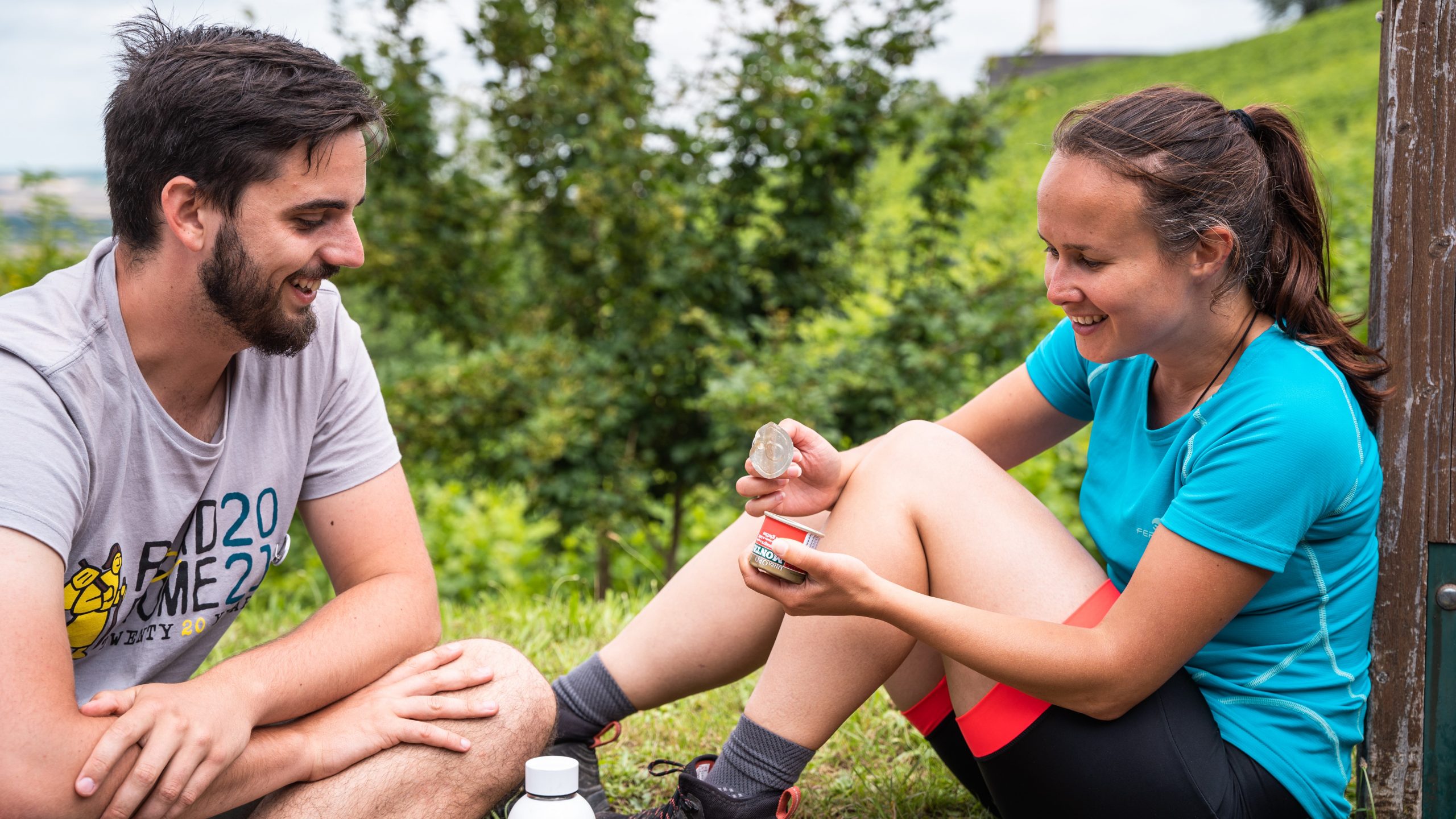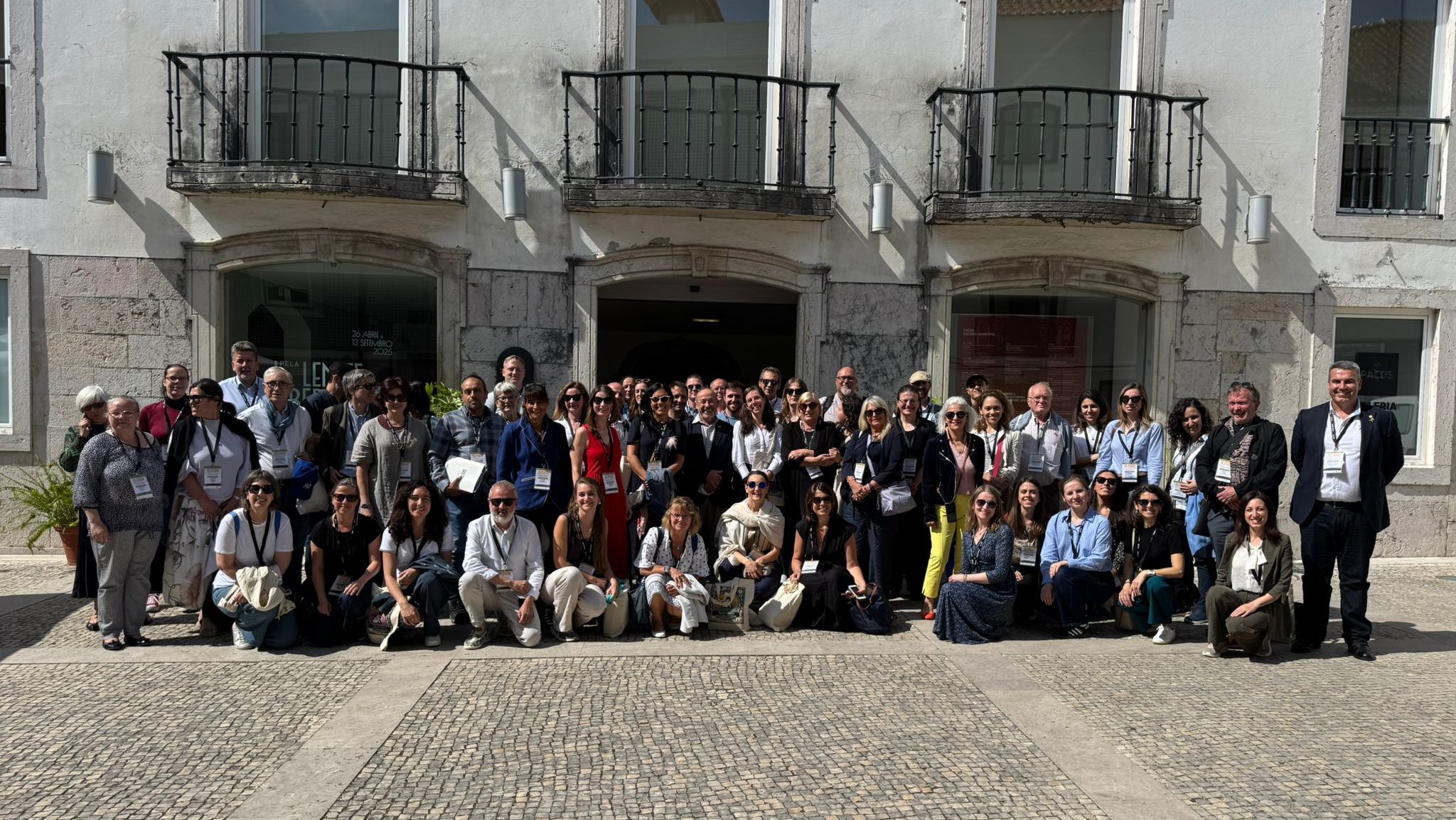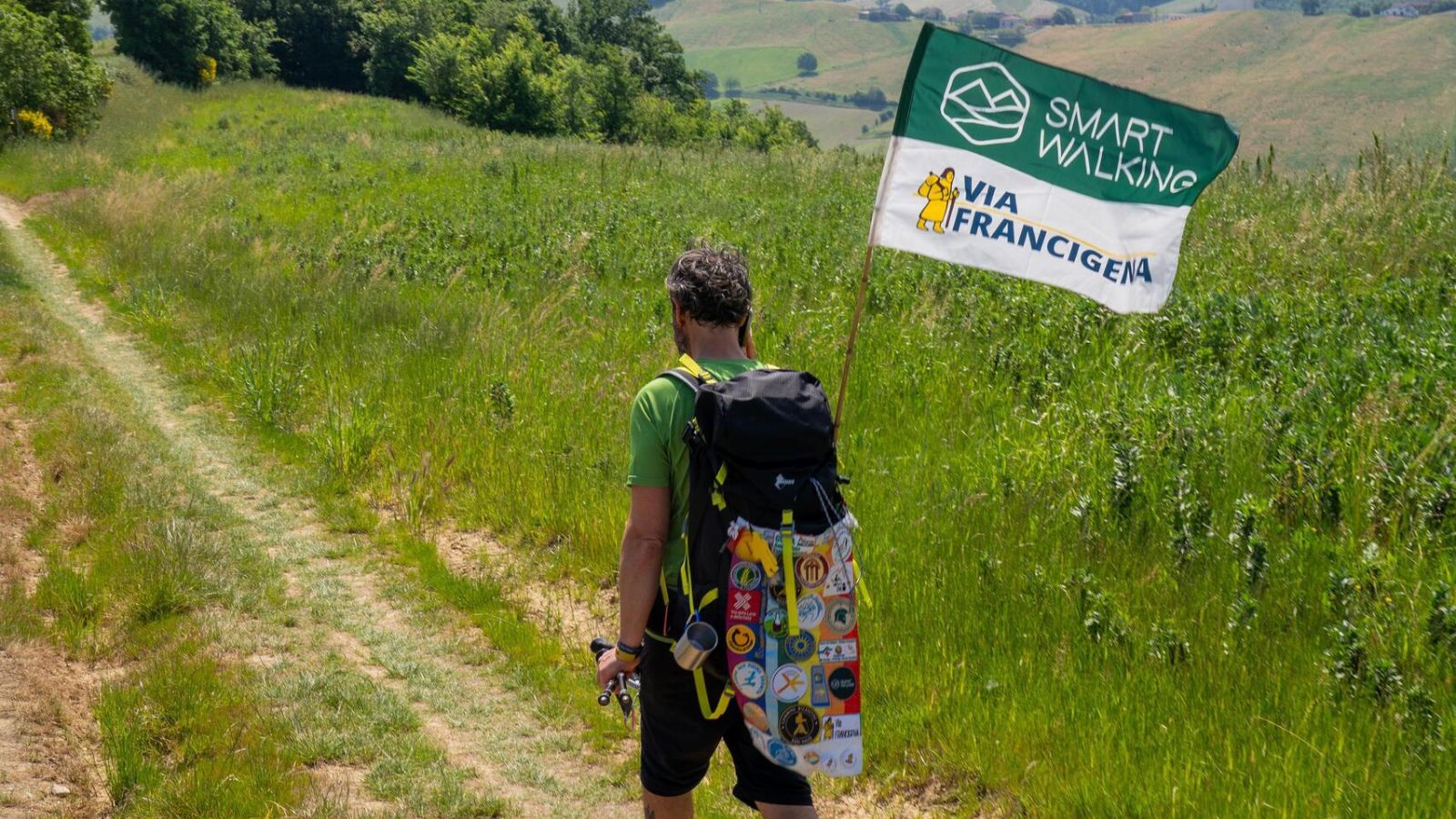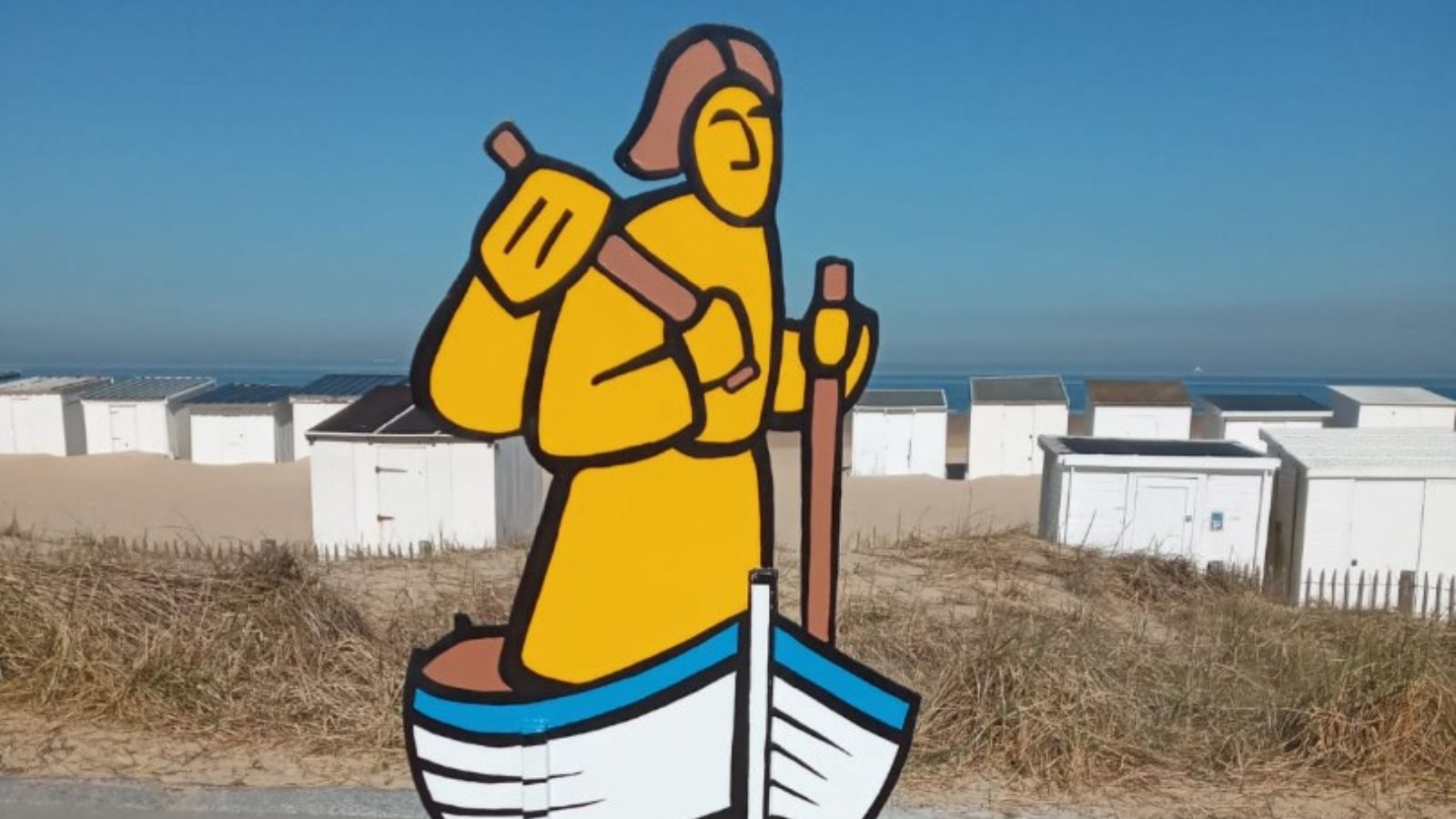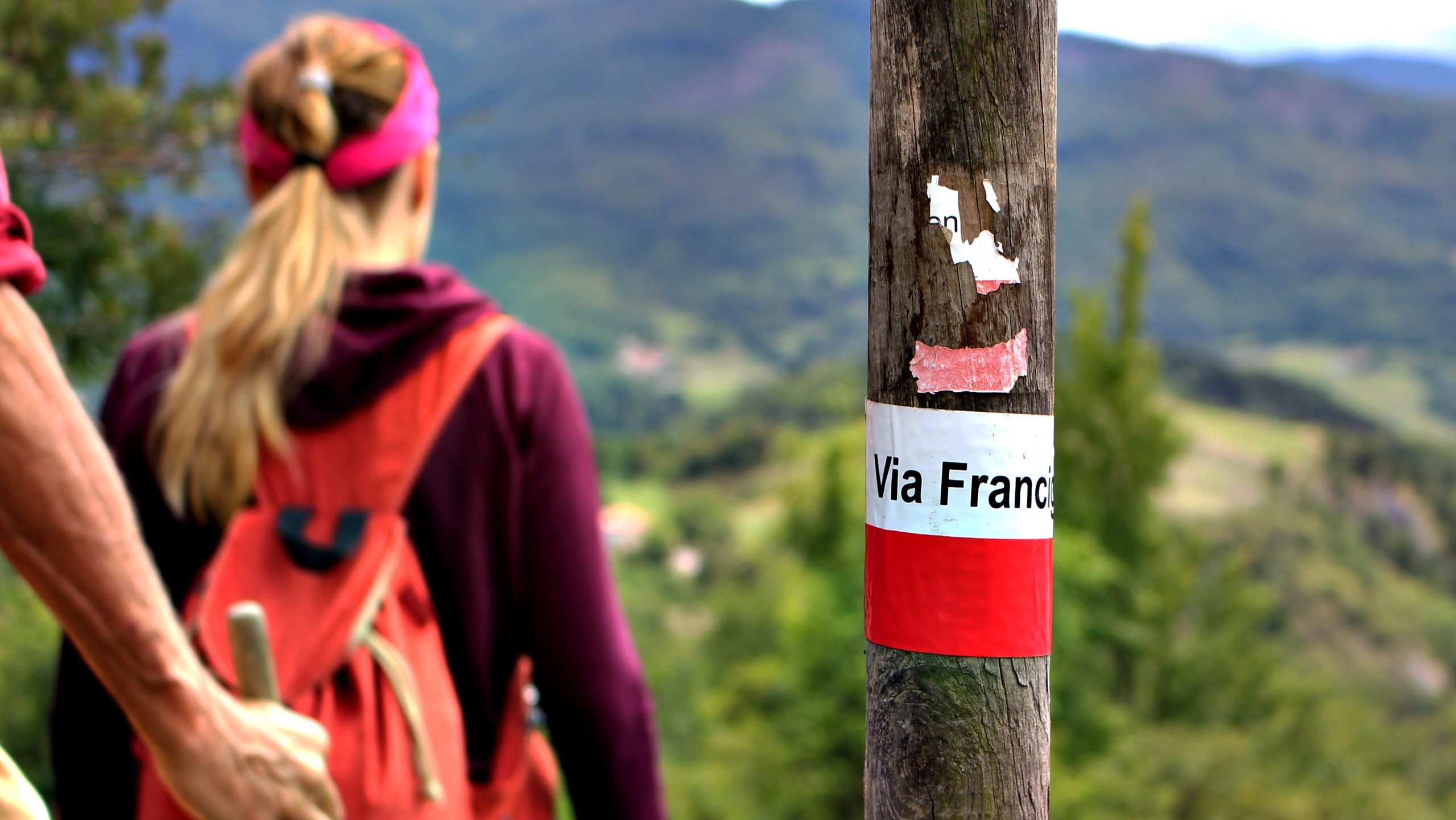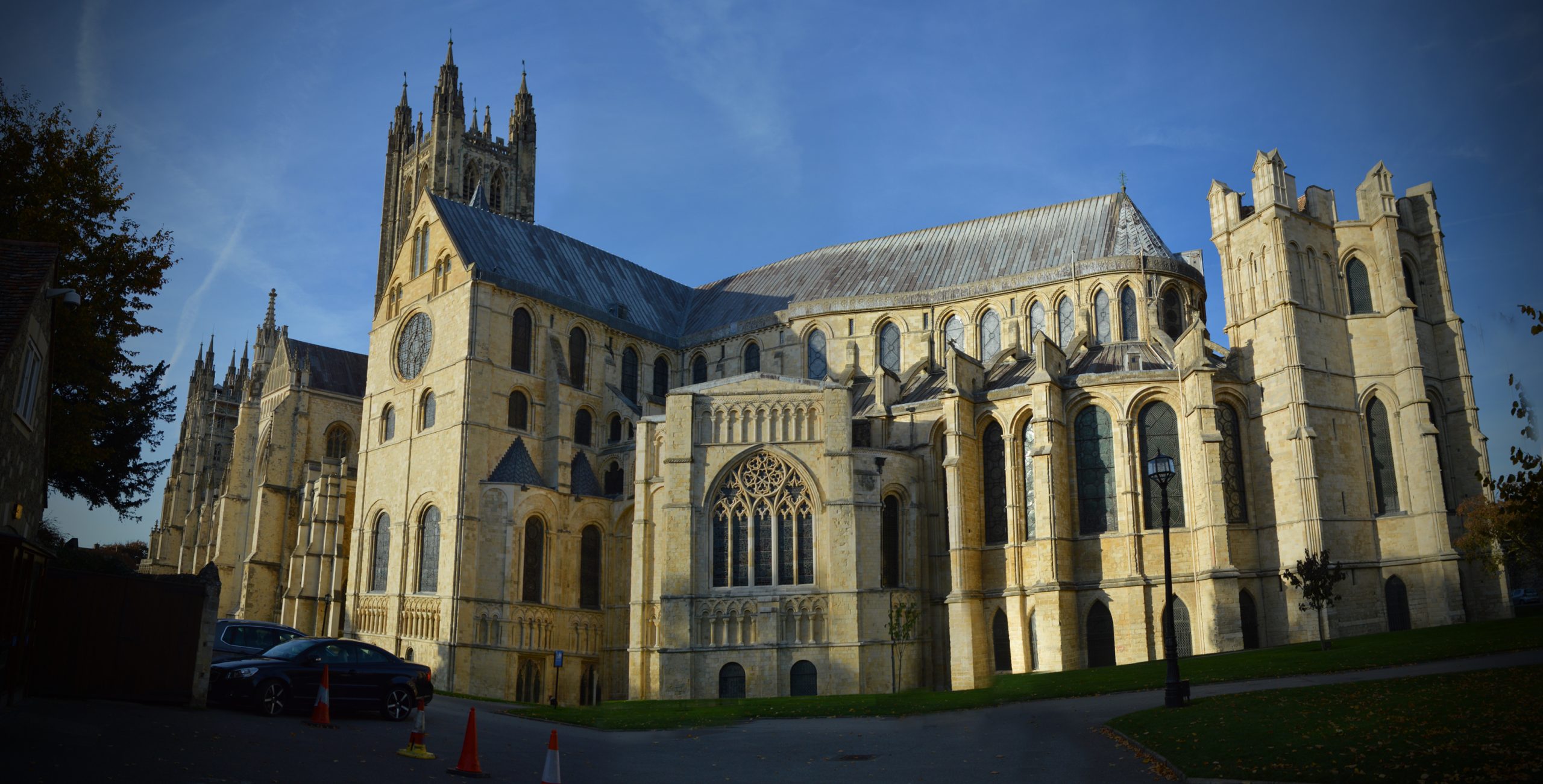Nutrition should always be balanced, both to ensure the right amount of energy and to satisfy the palate. If you practice outdoor activities, such as hiking or cycling for one or more days, you should balance nutrients in the right proportions. Experts recommend considering in your diet 50% carbohydrates, 20% fat and 30% protein for a proper balance and well-being, especially when active outdoors.
During a walk, especially during the more strenuous stretches, it is important not to burden the stomach, but to recharge the body with protein-rich foods, such as legumes, cheese, eggs, fish and meat. These are important foods in the Mediterranean diet, a model considered to be on the safe side for health and longevity, helping to strengthen muscles, containing 40 per cent of the body’s protein, and supplying it with the protein it needs before and after exercise.
So how can a correct food intake help you during your journey?
1. Say yes to ‘Carbohydrates’, but make sure not to exaggerate
Compared to protein, the intake of carbohydrates plays a more important role during physical activity, because they are the necessary fuel for all phases of the walk. A nice plate of rice, accompanied by vegetables and fruit, facilitates the assimilation of starches and thus provides lasting energy. Be careful with your choice and quantity, because in addition to weighing you down, a disproportionate consumption of bread, pasta, rusks, biscuits, etc. can lead to bloating and drowsiness. Better to opt for complex carbohydrates, such as whole-grain and oat products, which do not create glycaemic peaks and give a sense of satiety thanks to their slow-release of energy.
2. Lots of protein before the hike… for your muscle recovery!
In the days before the journey, protein-packed lunches and dinners of legume soups or fish accompanied by a portion of vegetables are essential as they contribute to cellular formation and to stocking up on energy. Pancakes with bresaola and parmesan cheese flakes, yogurt, honey and muesli, boiled, scrambled or soft-boiled eggs, on the other hand, are a good source of protein to start a walk or cycle, because these nutrients have a plastic function, i.e. repairing muscle tissue thanks to their richness in amino acids.
3. More protein: during and after the hike… but keep an eye on fat levels!
When choosing lunch, make sure you accompany a sandwich with legumes or fish to choose foods that are light and nutritious. Above all, this food is useful because a continuous supply of protein, when exercising, leads your body to produce energy and stabilise the glycaemic curve, preventing your muscles from tearing. Avocado can be useful for maintaining the reserve of ‘healthy’ fats, an indispensable source of energy and protein, but without overdoing! On the way back, to recharge and restore the glycogen energy reserve, a nice plate of legumes s- uch as chickpeas, beans and peas – can complement a well-deserved plate of pasta.
4. A valuable reserve? Build up a mine of vitamins and minerals
Walking or cycling a lot and for a long time, whatever the season, inevitably causes a lot of sweating and a loss of fluids, i.e. mineral salts. This is why – in addition to drinking regularly – it is essential to consume small quantities of fresh, dehydrated and dried fruit. In addition to hydrating the organism, fruit is easily digestible, ensures a continuous supply of vitamins that the body is unable to produce itself and offers support in the event of low blood sugar.
5. With ready-made meat, the backpack is lighter and more sustainable
For omnivores, meat protein allows to take in most of the essential amino acids, the ones that the body cannot produce by itself yet contribute to muscle protein synthesis: an excellent solution for muscle maintenance and tissue repair, which the body easily absorbs.
Meat is a source of minerals such as iron (heme), zinc, and selenium, which serve respectively for the formation of haemoglobin and thus oxygenation of tissues during physical activity, for tissue growth and repair, and support the visual and olfactory systems, as well as acting as antioxidants. A low iron intake can reduce your sports performance while travelling, as well as other functions. Another important component of meat is vitamin B12, which is involved in red blood cell formation, protein synthesis, tissue maintenance, and energy conversion.
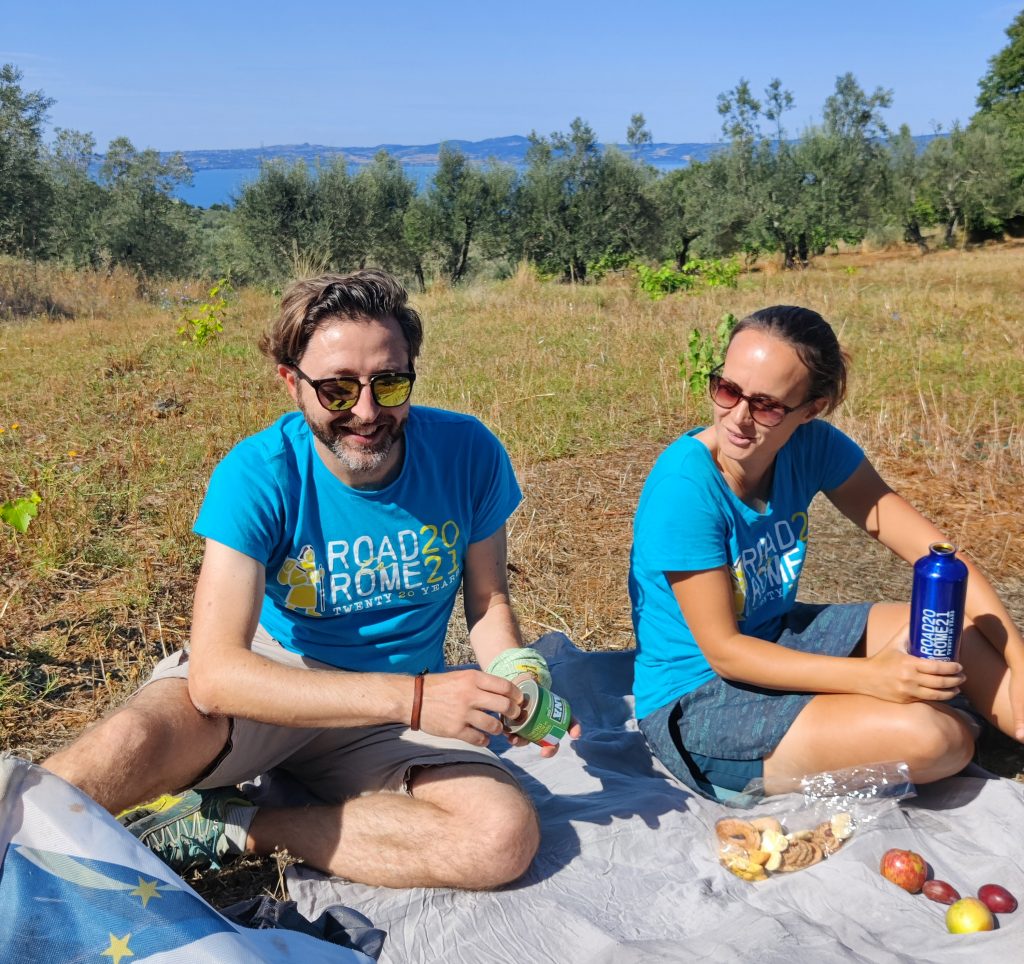


Carrying meat with you during a hike poses the problem of how to preserve it so that it does not lose its nutritional properties, especially when temperatures rise, and of cooking it without weighing down your backpack. Fortunately, there are ready-made products on the market that can easily solve this dilemma, such as those proposed by Carne Montana. When choosing meat for your trip, always pay attention to the taste but also to the origin, and prefer brands that transparently communicate their commitment to the environment. Carne Montana has created practical, tasty and light products with 100% meat from Italian farms and produced in a short supply chain. A practical solution that fills the stomach, but not the backpack!



